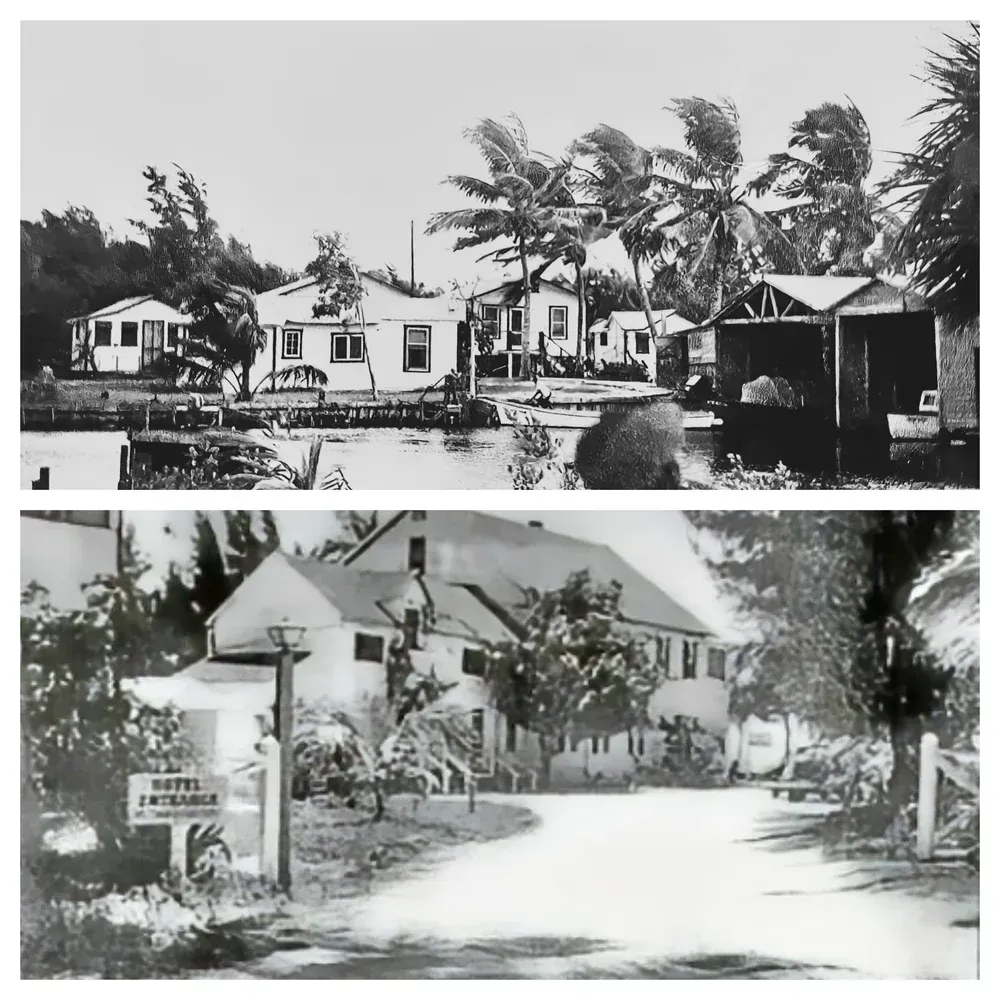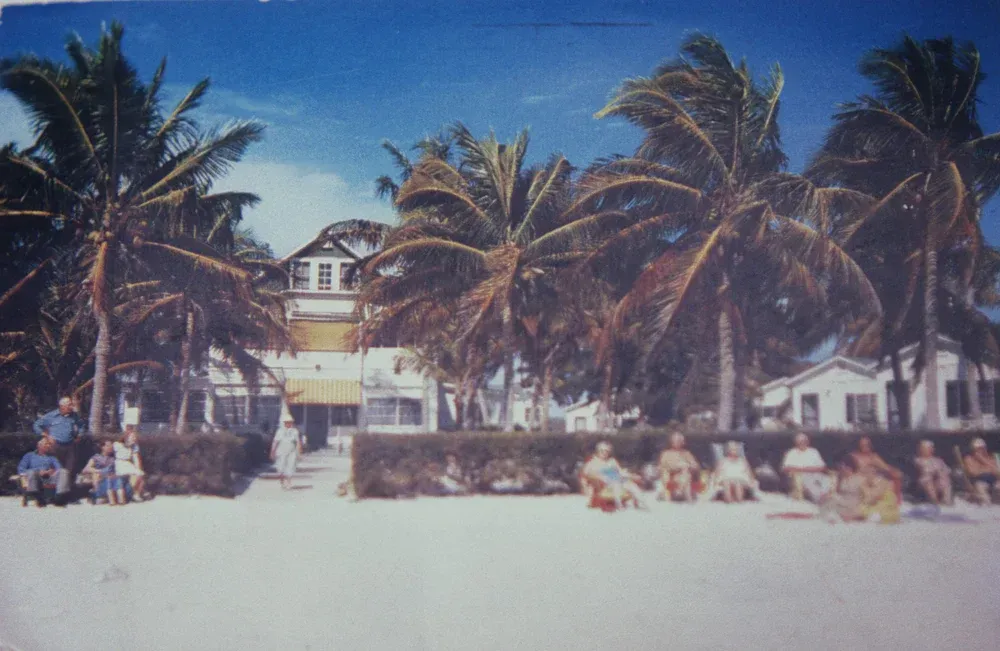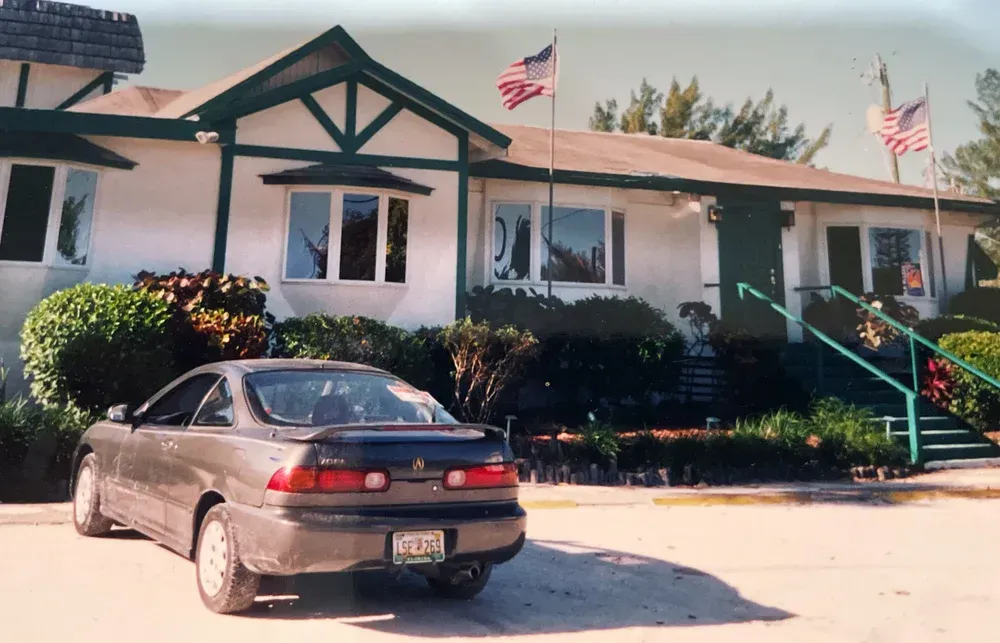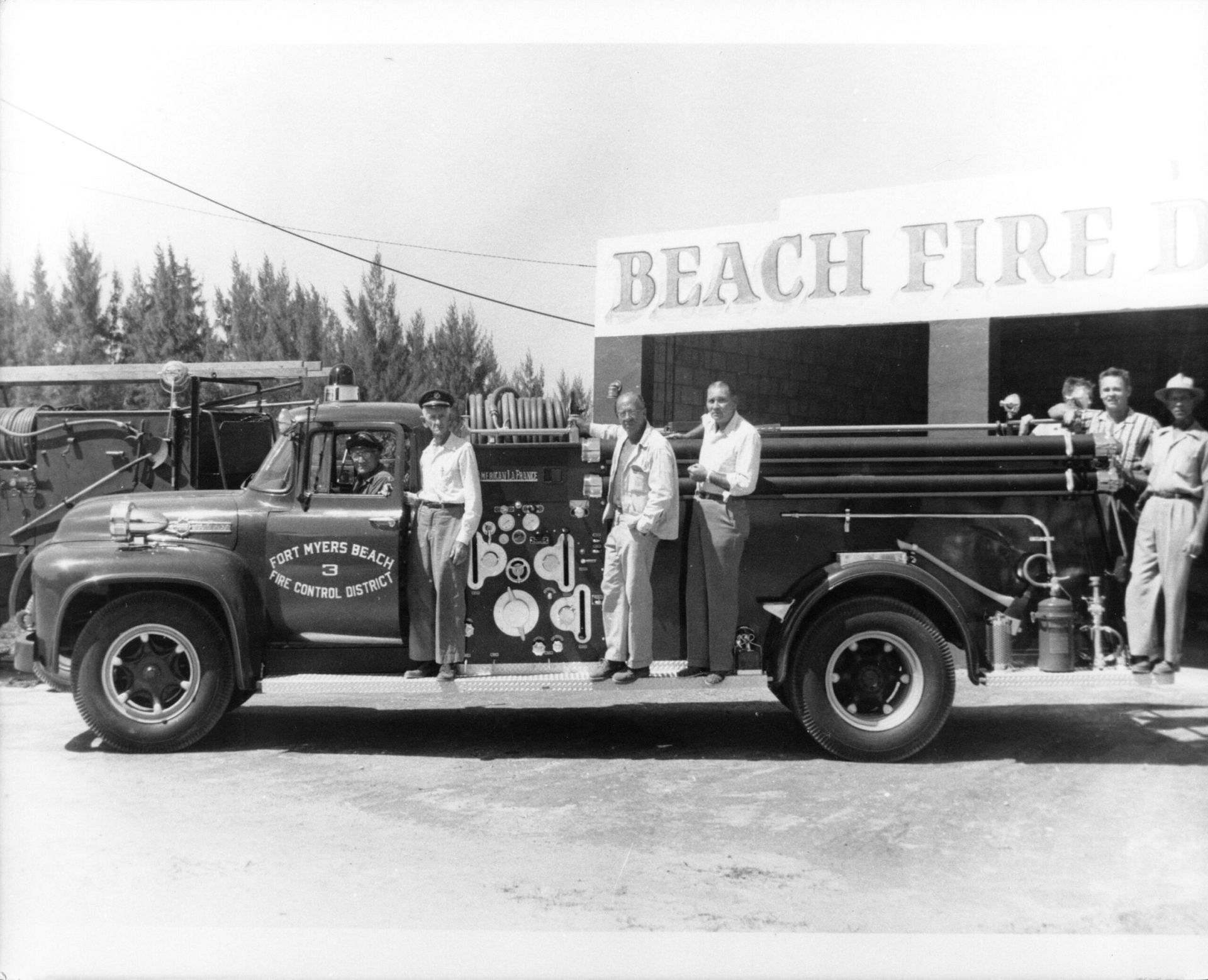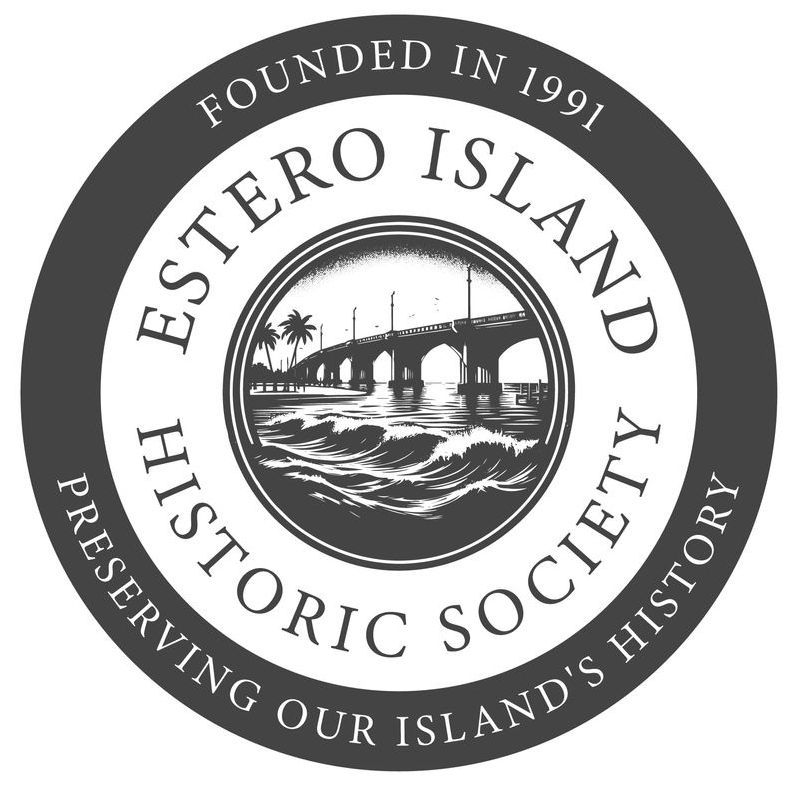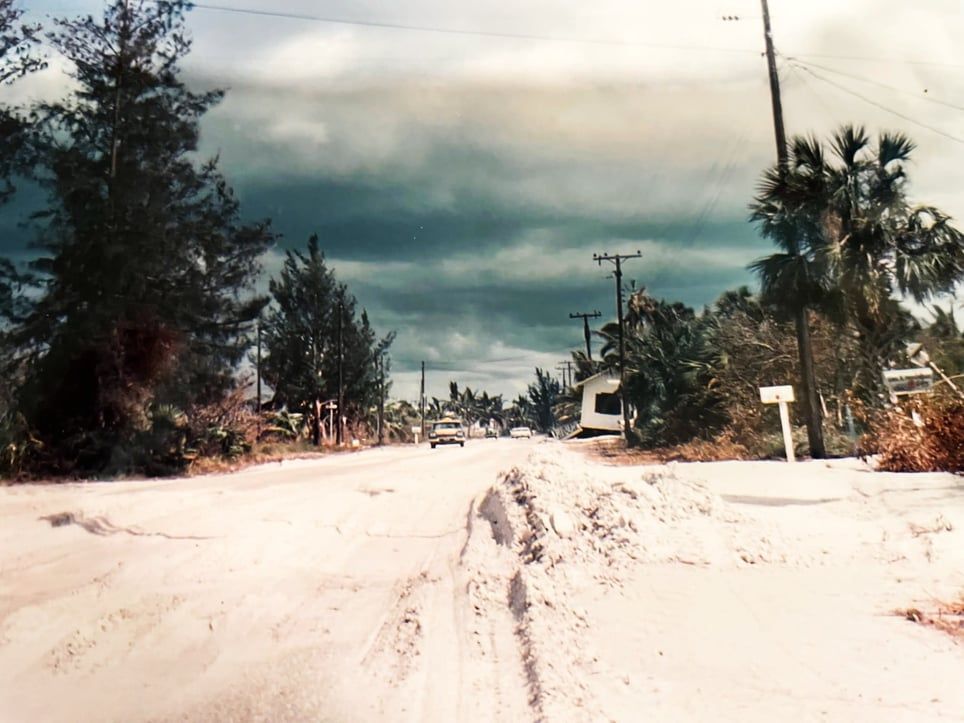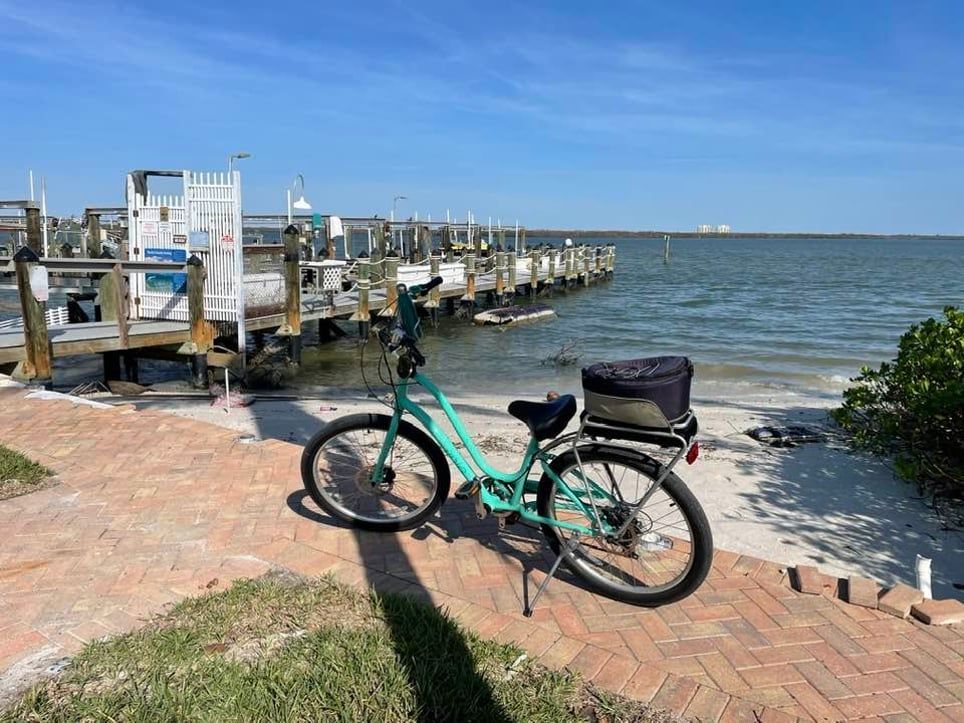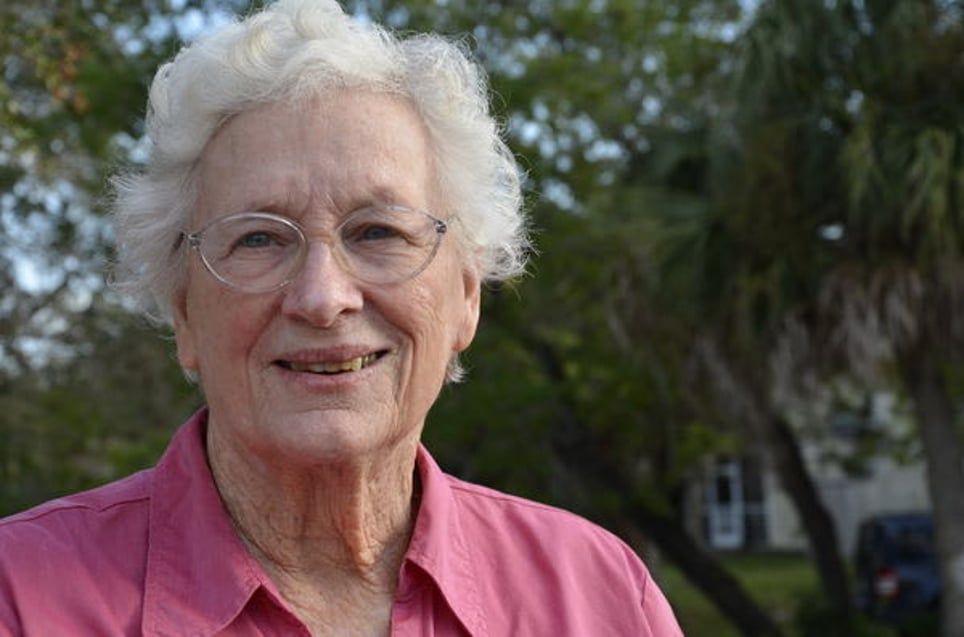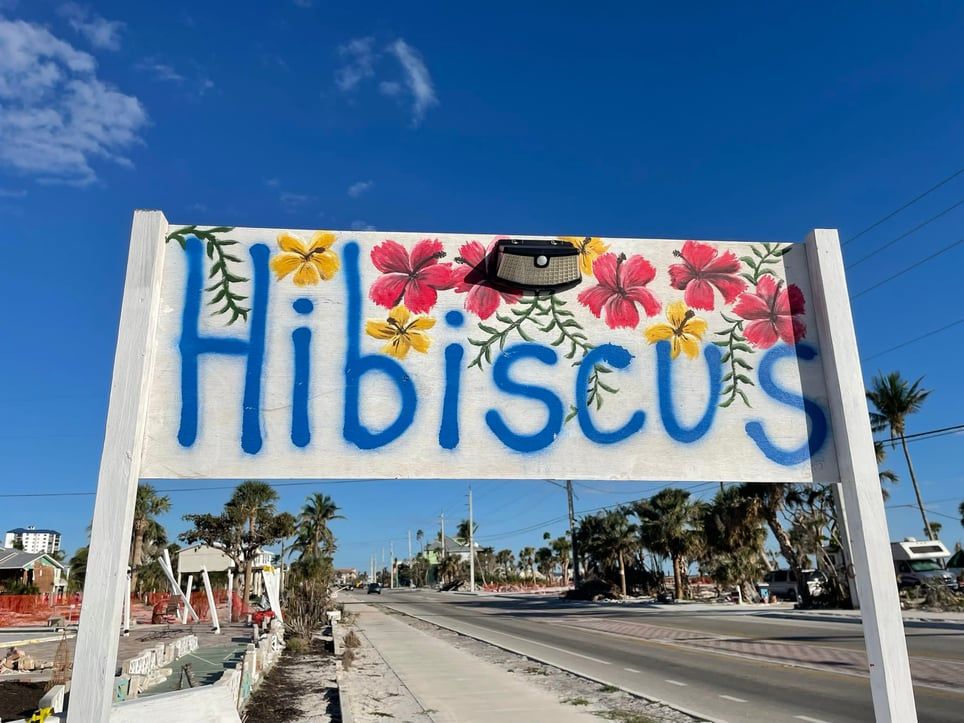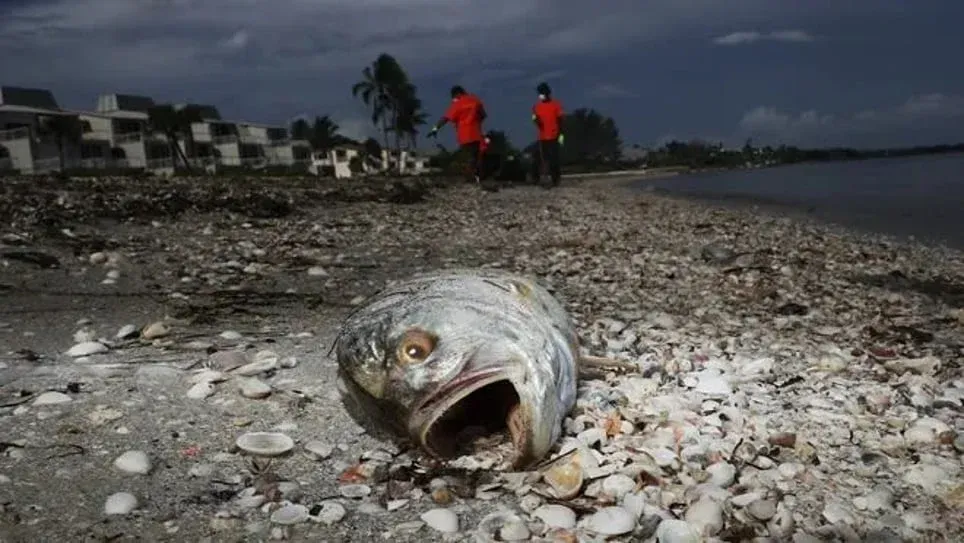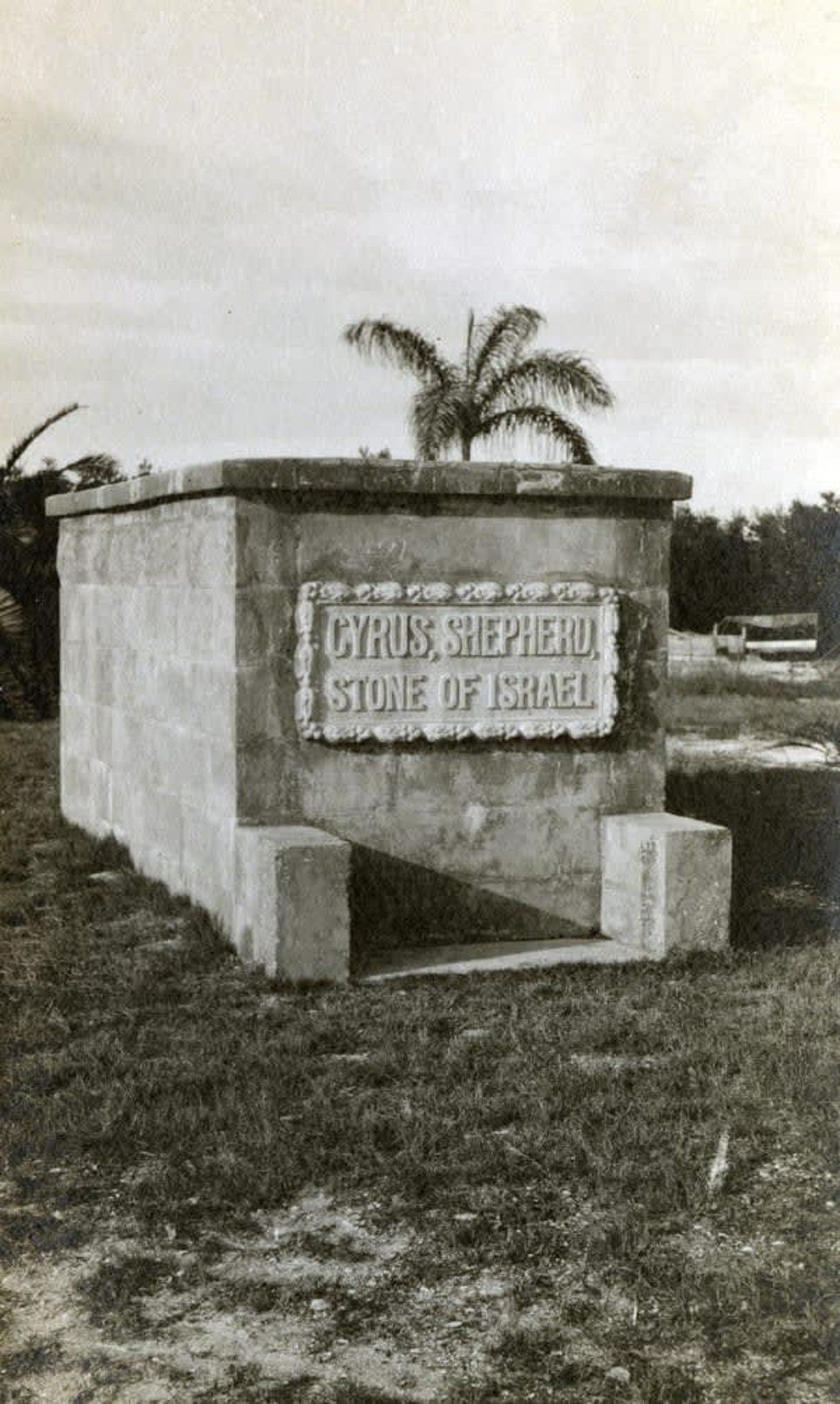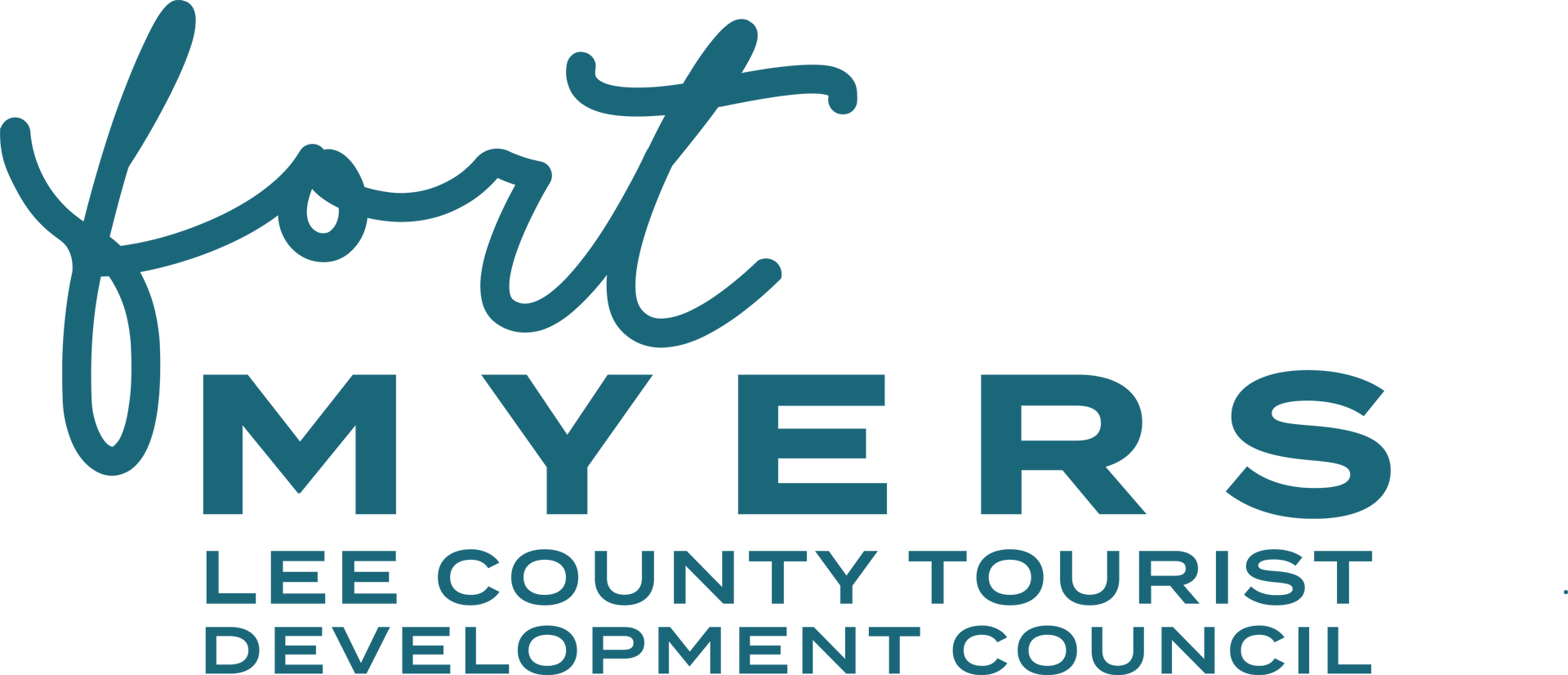Pirates and Plundering on Estero Island
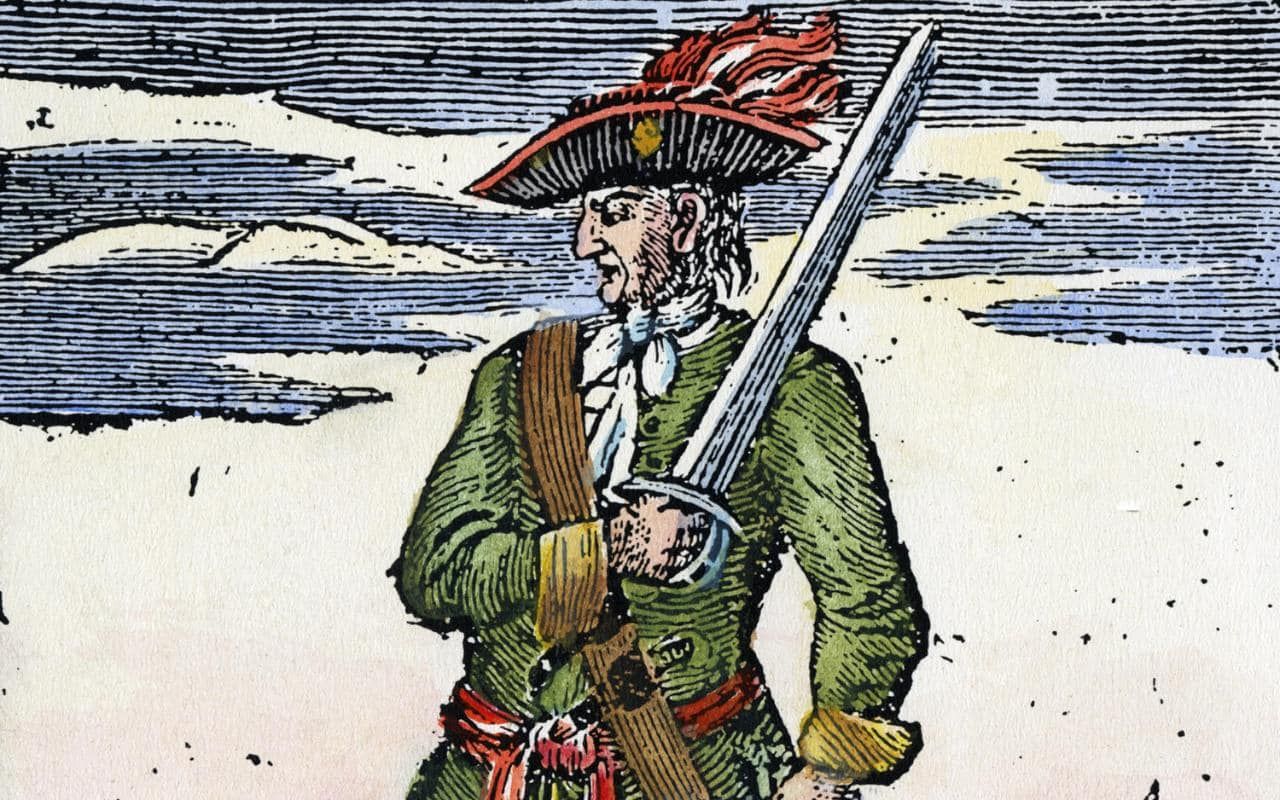
Although the story of Anne Bonny and Calico Jack honeymooning on Estero Island may be less fact than fiction, it is a refreshing part of the history of Estero Island. According to Jack Beater’s book, Pirates and Buried Treasure on Florida Islands, Anne Bonny was the daughter of a wealthy lawyer who lived in North Carolina.
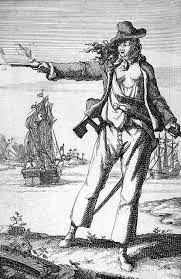
After she shunned all the suitors her father had arranged for her to marry, she hooked up with Jack Rackam, a dashing pirate known as “Calico Jack.” When her father learned of this, he disowned her. Instead of giving up Jack, Anne cut her hair, donned pirate clothing, and joined Jack aboard his ship. Unfortunately, their honeymoon cruise did not turn out as planned. First, they attacked a Spanish ship and damaged their mast in the ensuing fight. Before they could even access the damage, a storm struck and drove them into the Gulf.
Johnson’s “History of Highwaymen and Pyrates” states that the couple landed on an island where they met a Roman Catholic priest named Father Amadeo who was in the area trying to convert the Indians to Christianity. Johnson wrote, “The island where they did visit to do away with the damage of shot and storm was called Estero, and up a small river of the same name.”
So it would seem that Captain Rackam and his bride were probably the first white couple to honeymoon on Fort Myers Beach.Another pirate story that has been circulating around Fort Myers Beach involves a treasure buried on Black Island. Black Augustus was a Portuguese private who worked with Jose Gaspar (Gasparilla). Black Augustus was not a model citizen: he was a pillager, a torturer, and a fugitive.
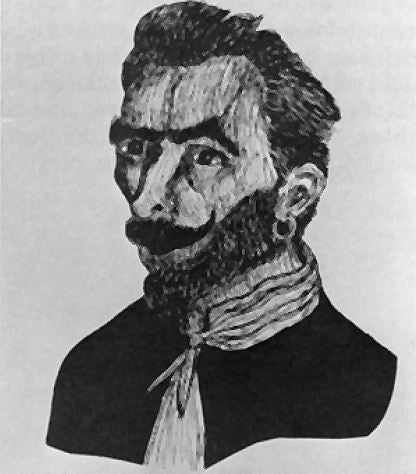
Legend has it that in 1821, Gasparilla’s camp was attacked by American forces. Augustus managed to escape with his gold, sailed south to Black Island, and lived there until his death in the 1870s. For almost 50 years, Augustus was pretty much a recluse, only seen by a few local fishermen who traded food and other supplies with him.
One of these fishermen was John Butterfield who lived on Mound Key at the time. Butterfield was one of the people who had traded with Augustus for a least a decade. Eventually, Augustus took ill and died. Jack Beater recalls a conversation he had with Mrs. Butterfield who told the story of how, at his deathbed, Augustus told the Butterfield’s to dig in the corner of his shack. After his death, they dug in the spot he had shown then and found a ball of gold the size of a grapefruit.
John decided to take their find to Adolph Hixon who ran a general store in Fort Myers. Hixon told John he would send the gold to Tampa to get it appraised. He gave John ten dollars and a bottle of whiskey and told him to wait ten days until they heard back from Tampa. John ended up drunk the entire time, and when he came to his senses, Hixon told him their find was not gold. He gave John another ten dollars and more whiskey and John returned to Mound Key.
Mrs. Butterfield reported to Beater that right after John returned, Hixon suddenly had all kinds of money. He built a new store, a new house, sent his daughter to college, and bought his wife an organ. However, Butterfield said that she was not too upset when she learned that she had been swindled. As the story goes, Hixon’s ill got gain was cursed. Hixon’s wife drowned, his daughter was stabbed to death, his store burned down, and he died when his house also caught fire. And the moral of this story is…
